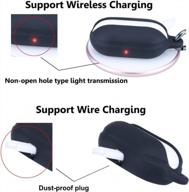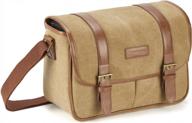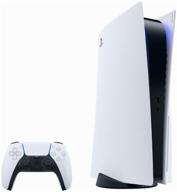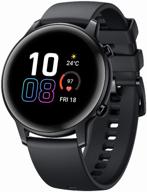
Review on Nikon SB 16B Hot Shoe Clip by Cris Walton

Nice vintage flash but not as versatile as the new ones.
First off, the SB-16 is huge. It weighs 520 grams with 4 AA batteries. We are talking about the size and weight of the Nikon SB-900 and 910. There are several modes. Manual - fully mechanical manual. TTL-TTL with Nikon film cameras. TTL does NOT work on DSLRs. MD mode"motor drive". It works about 1/16th power (manual) to keep up with the motor drive. The optional flash will NOT fire in MD mode (but will fire in all other modes). A1 and A2 modes are not auto TTL. In this mode, set the flash and camera to the same ISO and aperture. And the sensor on the front of the flash determines the correct exposure. For example, at 100 ISO choose f/8 in A1 and f/4 in A2. At 200 ISO you choose f/11 in A1 format and f/5.6 in A2 format. I don't like the choice of stop f. At 100 ISO, the widest aperture you can shoot at is f/4. Many flashes support f/2.8 or f/2, which I prefer. Behind the round dial "computer" (I think that's what they called it back then). It doesn't change the settings, it just tells you the range of the flash when you rotate it to the right position. It has 4 zoom settings: 28mm, 35, 50 and 85. If you are using it on a camera with a DX size sensor, separate these numbers. until 1.5. This means that at 28 it should offer full coverage with an 18 xxx zoom lens. If you need to use a wider lens, Nikon's SW-7 wide-angle adapter is available. You can then use it with a 24mm lens on FX/35mm bodies and a 16mm lens on DX bodies. The flash can be tilted up 90 degrees. It rotates 90 degrees to the right and 180 degrees to the left. This is great for reflecting light off white walls and ceilings. There is a secondary flash that always fires forward, regardless of the position of the main flash head. It's good to provide some fill light. However, when your subject is close by, say 8ft or closer, the secondary flash will overwhelm the reflected light. Very little light is reflected in the photo and it looks like a direct flash. I fixed this by putting a 1 stop neutral density gel on the secondary flash. Pros - Dirt is cheap (used, of course) compared to modern TTL flashes for today's digital cameras. Optional flash (but does not fire in MD mode) Tilt and pan Can be adapted to Nikon's proprietary F3 shoe by swapping out the bottom module Can be used with almost any camera that has a hot shoe or PC connection in manual mode or in A1 or A2 modes has cons - HUGE and heavy, it outshines my SB-80DX and SB-800 flashes. In automatic mode, the number of available stops is limited. Only 2 power levels in manual mode with no additional flash in 1/16 MD mode.
- Electronics
- Small Parts
New products
Top products in 📷 Camera & Photo Accessories
Another interesting products

Soft Silicone AirPods Case Cover With Visible LED - Compatible With AirPod 2/1 Cases, Keychain Accessory Included - Ideal For Men, Women, Girls, And Boys - Light Pink

37 Review

Protective Silicone Cover For Samsung Galaxy Buds & Buds+, Shock Resistant With Carabiner And Fast Wireless Charging Compatibility - Fironst Case For Galaxy Earbuds 2020 (Black)

52 Review

Classic Camera Bag, Evecase Large Canvas Messenger SLR/DSLR Shoulder Case With Leather Trim, Tablet Compartment And Removable Insert For Mirrorless, Micro 4/3, Compact System, High Zoom Digital Camera

41 Review

Protect Your Earbuds On-The-Go With Small And Portable EVA Case - Perfect For Airpods, USB Drives, Cables And More!

34 Review







